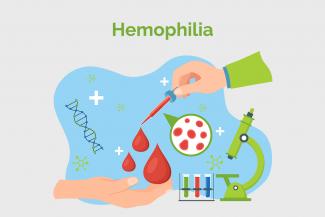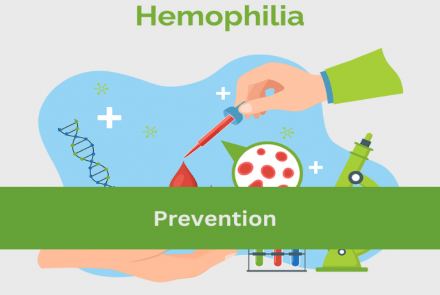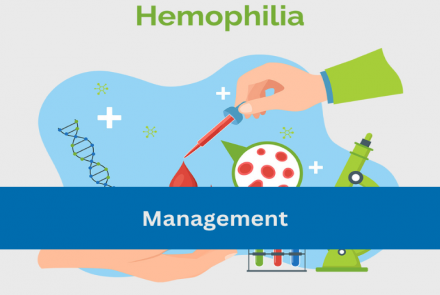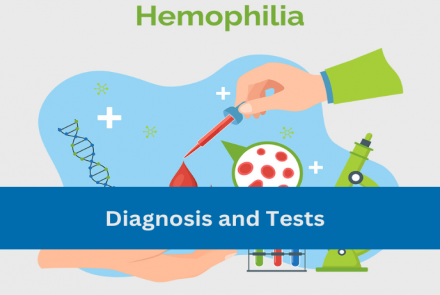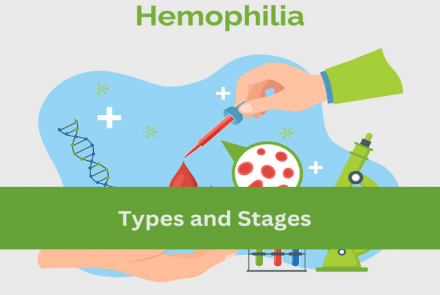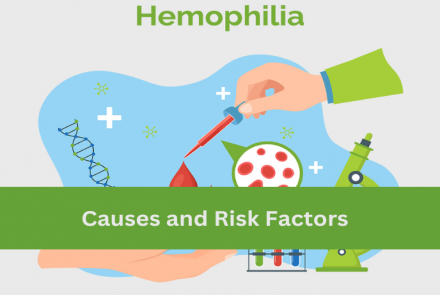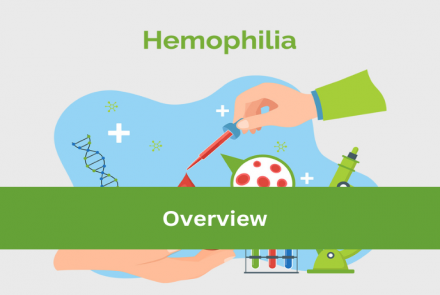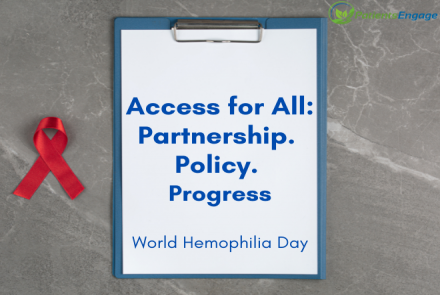
Causes and Risk Factors of Hemophilia
Hemophilia is often passed down from parents to children through the X chromosome. Mutations in either of the gene for the factor VIII protein or the gene for the factor IX protein leads to the low production of these clotting factors. This change in a copy of the gene that makes factor VIII or factor IX is called a Hemophilia allele. Both of these factors are found on the X chromosome.
Image 2: How Hemophilia is inherited
Females have two X chromosomes, while males have one X chromosome and one Y chromosome. As the genes related to Hemophilia are found on the X chromosomes, it is more common in males. So, if a man has the gene mutation for factor VII or IX on his X chromosome, he will have the disorder.
On the other hand, a female inherits two copies of the factor VIII or factor IX gene, one from her mother and one from her father. This provides some protection against Hemophilia. A female with one Hemophilia allele and one normal allele is identified as a carrier.
Now, if a mother is a carrier and the father does not have Hemophilia, there is 1 in 4(25%) chance that baby will be a son with Hemophilia or a 1 in 4(25%) chance that the baby will be a carrier daughter. There is also 1 in 2 (50%) chance that the baby will not have Hemophilia.

